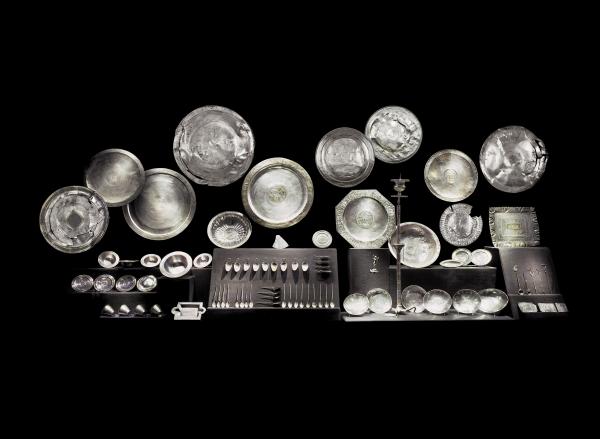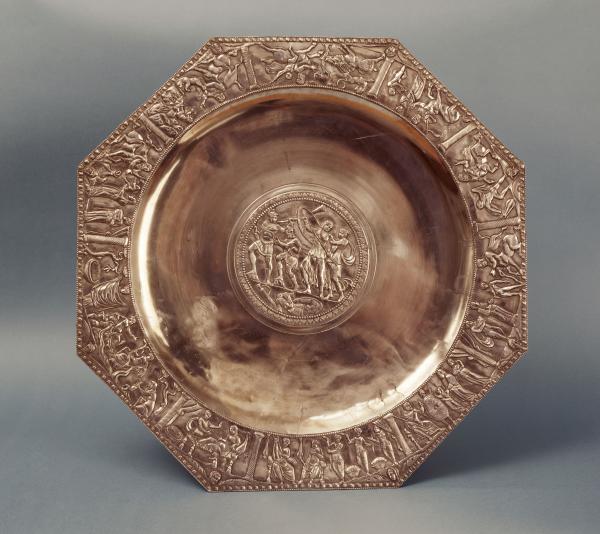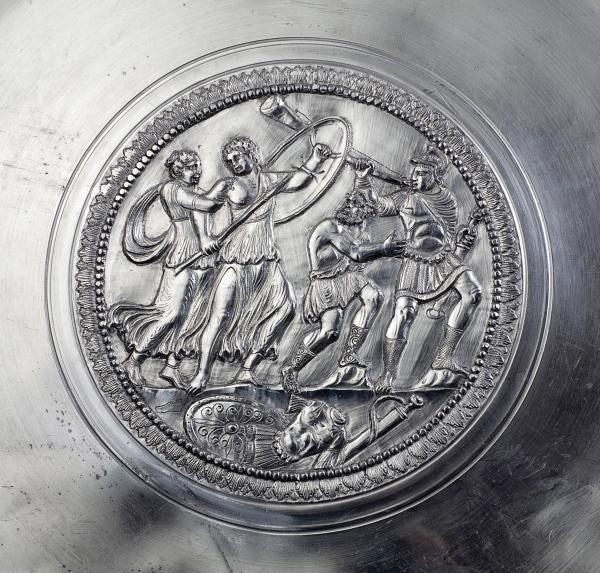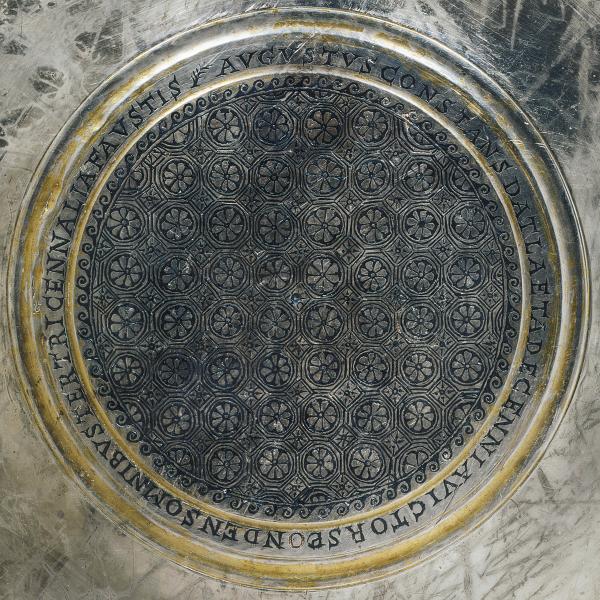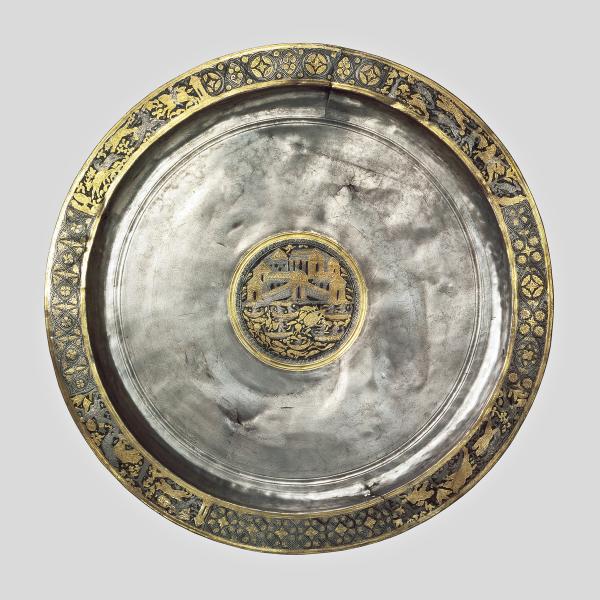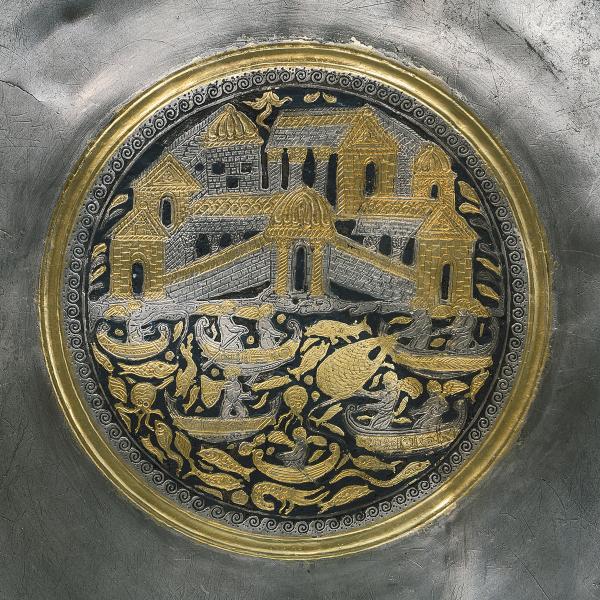The Kaiseraugst treasure
In the winter of 1961-1962 the silver hoard, which is considered the largest Roman banqueting set to date, was revealed by construction activity within the walls of the late Roman fortress (Castrum Rauracense) of Kaiseraugst (the Roman Augusta Raurica) near Basel at the border of the Roman Empire along the Rhine. Being aware of the circumstances in which the finds were discovered, archaeologists concluded that a few items of the hoard were absent. Their hypothesis was shown to be correct when, in 1995, a further 18 silver vessels belonging to the Kaiseraugst treasure were handed in to the archaeological service.
The Kaiseraugst hoard comprises items of an opulent banqueting set, silver coins and ingots. The treasure includes 35 silver tablespoons, five straining ladles and toiletries, four silver drinking vessels, five small deep and wide-rimmed bowls, two fish platters, four undecorated plates, six platters of various sizes with engraved vegetal and geometrical motifs, as well as figurative scenes, a fluted hand-wash bowl, a candelabrum, a silver statue of Venus, presumably used as table decoration, scrap silver (fragment of a silver platter), three silver ingots and 186 coins and medallions. In 1995 they were augmented by six hemispherical platters, six small plates, five large plates and a fluted platter. One of the most prominent pieces is a large (59 cm in diameter and approximately 4.75 kg in weight) gilded platter ornamented with niello inlay.
The most known object of the treasure is the large platter depicting a seaside town in its centre, while the rim is decorated with a frieze of hunting scenes similarly to the hunting platter of the Seuso treasure. The other famous piece is a platter with the name of its maker, Pausylypos, and is decorated with mythological scenes depicting the life of the hero Achilles (53 cm in diameter and approximately 4.6 kg in weight). It is analogous to the Achilles platter of the Seuso treasure. Due to the decorative motifs of the gilded silver memorial plate (approximately 56 cm in diameter and approximately 4 kg in weight), which was made for the tenth anniversary (342/343) of Constans becoming emperor (333-350), it is comparable with several pieces of the Seuso treasure.
The owner probably acquired the individual objects in various ways – as an imperial gift, via the exchange of gifts between individuals, by purchase or inheritance. The inscriptions on the vessels refer to the fact that one or several military officers belonging to the immediate entourage of Emperor Constans collected the treasure over the course of some 15 years. They also indicate that, similarly to the Seuso treasure, the items were made in different workshops.
The treasure hoard was probably hidden in 351/352 when the Alemanni attacked the Roman fortress of Augusta Raurica. The objects were placed with great care in a wooden chest with hay being laid between the items, the imprints of which were preserved. The platters were deposited on top of one another.
The hoard comprising in all 272 objects weighs a total of 58.6 kilograms and its value in gold (without the 18 pieces discovered later) amounts to approximately 2.606 kilograms.

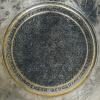
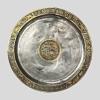
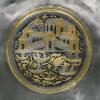
Read more about the treasure:
The silver treasure at the museum
Bibliography:
Cahn, H. A. – Kaufmann-Heinimann, A. (szerk.): Der spätrömische Silberschatz von Kaiseraugst, Derendingen 1984
Guggisberg, M. A. – Kaufmann-Heinimann, A. (szerk.): Der spätrömische Silberschatz von Kaiseraugst, die neuen Funde: Silber im Spannungsfeld von Geschichte, Politik und Gesellschaft der Spätantike, Augst 2003

